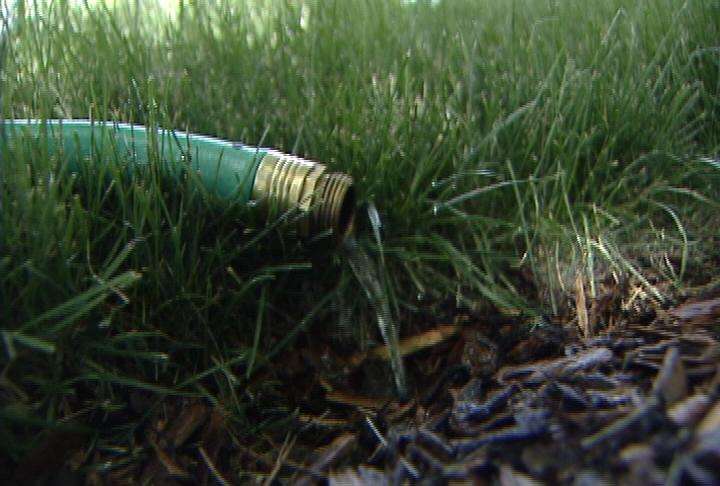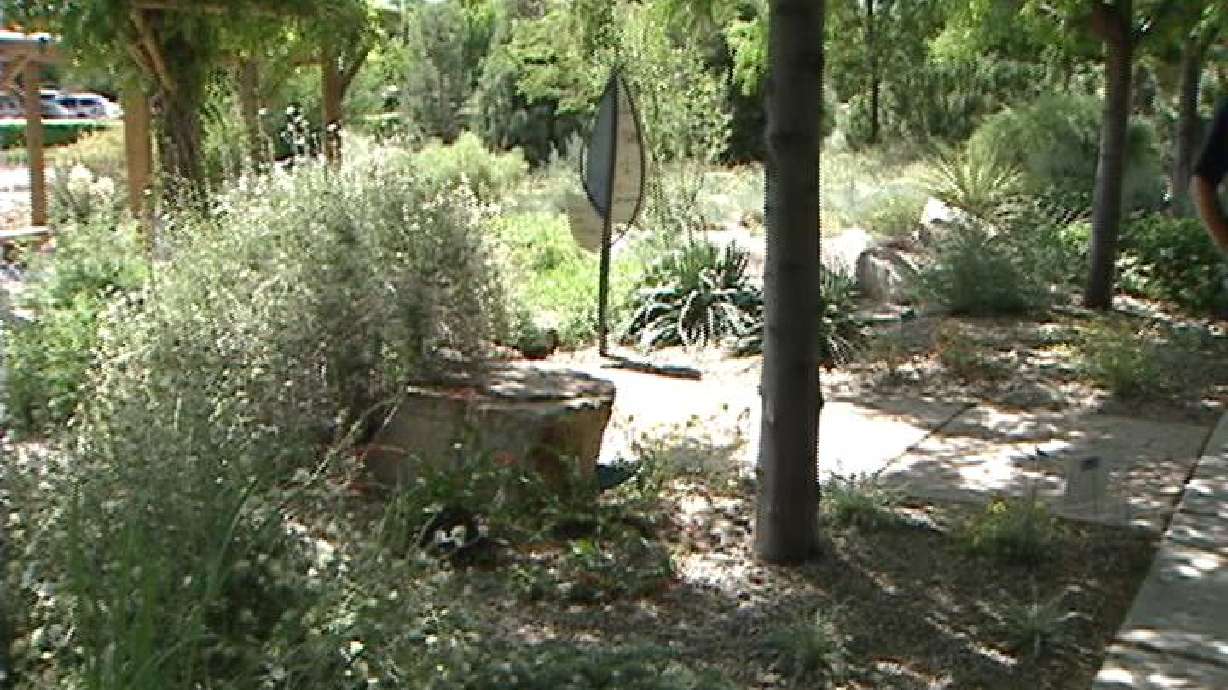Estimated read time: 2-3 minutes
This archived news story is available only for your personal, non-commercial use. Information in the story may be outdated or superseded by additional information. Reading or replaying the story in its archived form does not constitute a republication of the story.
SALT LAKE CITY -- Ever since water conservation programs revved up a few years ago, hundreds of trees have been dying off each year in the Salt Lake Valley. According to the city forester, many die because they don't get enough water, but experts say it doesn't have to be that way.
The governor's water conservation team invited KSL 5 News to a demonstration garden for a refresher course on watering of trees with slow drips from tubes or oozing water from hoses. They contacted us because of our story on dying trees last September, in which the city forester blamed tree deaths partly on water conservation.
"One of the unintended consequences is trees are not getting the amount of water that they need," Salt Lake City urban forester Bill Rutherford told us in Sept. 2008.

The water conservation team says conservation and trees can co-exist with proper watering. It's mostly older trees dying, they say, water-guzzling species planted decades before the era of water conservation.
"I don't know if it was a mistake. It was what we did. It was what looks nice to us. But what's happened in the meantime is we've learned how to water those more efficiently," said Eric Klotz, with the Utah Division of Water Resources.
In more wasteful days, the water-guzzling trees got extra water because homeowners drenched their lawns two or three times what the grass needed.
"Older trees have been benefiting from people overwatering," Klotz said. But when people cut back on watering, some older trees got in trouble.
The answer is to give the trees special attention: Water right around the tree itself; drip it, ooze it, make sure it soaks in deep.
"All trees need to have some amount of water. You just need to make sure it's getting it where it needs it, and that's at the root system," explained Clifton Smith, of the Jordan Valley Water Conservancy District.
Another answer, of course, is to replace trees, over time, with drought-resistant species. Amazingly, there are 128 species of trees in the demonstration garden, all of which naturally use less water.
E-mail: jhollenhorst@ksl.com








